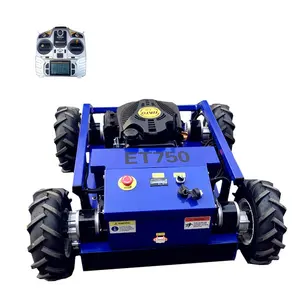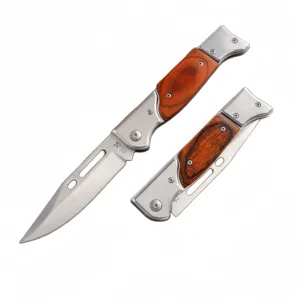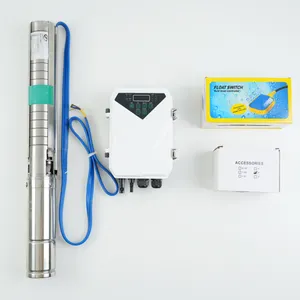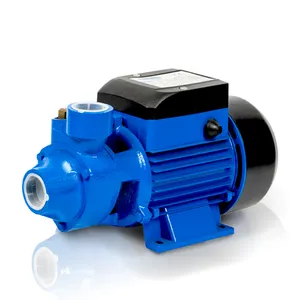Popular in your industry






























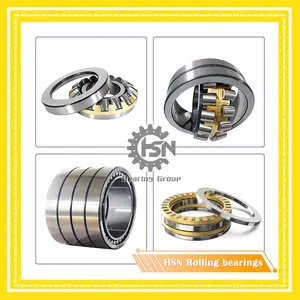


























Related Searches:

























































































Top categories
About brush cutter bearing
Understanding Brush Cutter Bearings
Brush cutter bearings are integral components of brush cutters, a type of garden tool used for trimming weeds, small trees, and other foliage. These bearings are crucial for the smooth operation of the brush cutter's spinning parts, ensuring efficiency and durability. This introduction delves into the various aspects of brush cutter bearings, from their types to their applications and features.
Types of Brush Cutter Bearings
There are several types of bearings used in brush cutters, each designed to meet specific operational needs. The grass cutter bearing is typically designed to withstand high speeds and resist debris contamination, ensuring longevity. Similarly, the brush cutter bearing is crafted to handle the vibrations and stresses associated with heavy-duty cutting tasks.
Applications and Features
The application of brush cutter bearings is not limited to just residential lawn care. They are also employed in commercial landscaping and agricultural settings. These bearings are designed to offer low friction and high load-bearing capacities. Features such as sealings and grease retainment are integral to protect the bearing from dust, dirt, and grass clippings, which are common in outdoor cutting environments.
Materials and Advantages
Brush cutter bearings are made from robust materials like stainless steel or carbon steel, providing resistance to corrosion and ensuring functionality in various weather conditions. The advantages of using a high-performance brush cutter bearing include enhanced cutter efficiency, reduced need for maintenance, and an overall increase in the lifespan of the brush cutter.
Selection Criteria for Brush Cutter Bearings
When selecting a brush cutter bearing, it is important to consider the size, load requirements, and environmental conditions it will be exposed to. Bearings with high-grade balls and deep-groove designs are preferred for their ability to distribute loads evenly and handle both radial and axial forces effectively.
Conclusion
In conclusion, whether you are in the market for a grass cutter bearing or a brush cutter bearing, understanding the specifications and features of these components is key to maintaining your equipment's performance. With a variety of options available, it is essential to choose the right bearing that meets the demands of your gardening or landscaping tasks.
